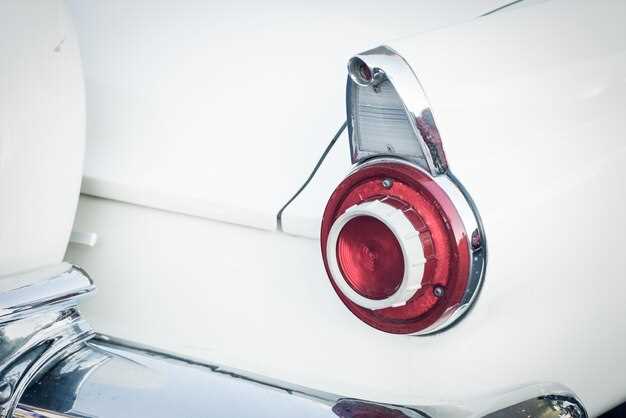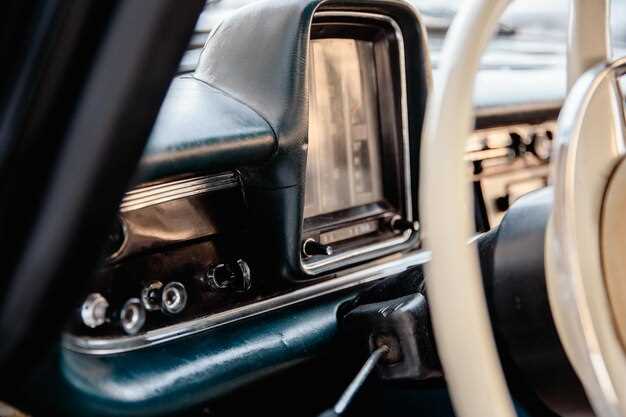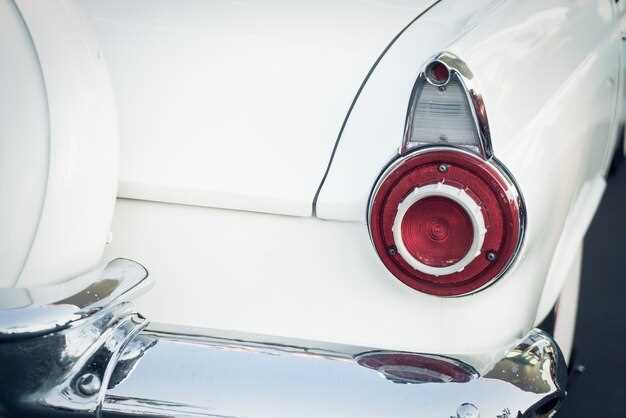
When it comes to luxury sports cars, few names evoke as much passion and admiration as Porsche. Known for their innovative engineering and timeless design, classic Porsches are not just vehicles; they are rolling pieces of history. However, with years of use, even the most iconic models can show signs of wear, particularly in their interiors. The upholstery is often one of the first areas to suffer, impacting both aesthetics and overall driving experience.
Reviving the interior of a classic Porsche involves more than just replacing worn materials; it requires a careful blend of restoration techniques and modern innovations. Authenticity is key, as enthusiasts seek to maintain the vehicle’s original character while enhancing comfort and style. Skilled craftspeople often focus on restoring the upholstery to its former glory, utilizing high-quality materials that echo the original specifications. This meticulous attention to detail ensures that each vehicle not only looks stunning but also retains its value over time.
In this article, we will explore the essential steps and considerations involved in reviving the interior of a classic Porsche. From selecting the right materials to understanding the nuances of upholstery design, we aim to provide a comprehensive guide for Porsche owners looking to breathe new life into their beloved cars. Join us as we delve into the world of classic car restoration, where passion meets precision, and every detail matters.
Choosing the Right Upholstery Materials for a Porsche Interior

When it comes to reviving the interior of a classic Porsche, selecting the right upholstery materials is crucial for achieving the perfect blend of luxury, comfort, and authenticity. The choice of materials can significantly influence the overall driving experience as well as the aesthetic appeal of the vehicle.
Leather is synonymous with luxury in the automotive world, and Porsche interiors are no exception. High-quality leather not only looks stunning but also offers durability and comfort. For a classic Porsche, sourcing original leather or a high-grade equivalent that mimics the original texture and finish is essential. Opting for a full-grain or top-grain leather ensures that the upholstery can withstand wear while maintaining its visual appeal.
Alcantara is another popular choice for those looking to introduce a sporty element into their Porsche’s interior. This synthetic material offers a suede-like feel and is often used in high-performance vehicles due to its lightweight and durable nature. Its resistance to staining makes it a practical option, especially for those who drive their Porsches regularly.
Vinyl is sometimes overlooked but can serve as a budget-friendly alternative. Modern vinyl materials have come a long way, offering a wide range of textures and colors while being easy to maintain. However, for a classic Porsche, it is vital to choose high-quality vinyl that closely resembles the original materials used in the vehicle.
Additionally, incorporating complementary fabrics can enhance comfort and style. Materials such as cloth or woven textiles can be used for accents, offering a dynamic contrast to leather or Alcantara. While selecting these materials, consider the color palette and texture compatibility with Porsche’s iconic design.
Ultimately, choosing the right upholstery materials for a Porsche interior involves a balance between authenticity, durability, and personal preference. Each option has its unique advantages, and making an informed decision will not only elevate the look of the car but also enhance the overall driving experience.
Step-by-Step Guide to Removing and Replacing Porsche Seats
Revamping the interior of your classic Porsche often starts with addressing the seats, which can significantly enhance the overall aesthetic and comfort. This guide will take you through the process of removing and replacing Porsche seats, ensuring your upholstery project goes smoothly.
Step 1: Prepare Your Workspace
Before beginning the removal process, find a clean, well-lit area to work. Gather necessary tools such as a socket wrench set, screwdrivers, and a trim removal tool. Ensure you have replacement seats or seat upholstery ready for installation.
Step 2: Disconnect the Battery
For safety reasons, disconnect the negative terminal of the battery. This step is critical, especially if your seats contain electronic components like heaters or power adjustments.
Step 3: Remove Seat Bolts
Access the seat mounting bolts by sliding the seat forward and back to uncover all attachment points. Typically, there are four bolts securing each seat to the floor. Use your socket wrench to remove these bolts and carefully lift the seat from its base.
Step 4: Disconnect Electrical Connectors
If your seats are equipped with electronic features, carefully unplug the electrical connectors underneath. Take your time to avoid damaging the connectors or wiring.
Step 5: Remove the Seat
With all bolts and connections detached, carefully lift the seat out of the vehicle. It’s advisable to have a second person assist you during this step to prevent any damage to the interior or the seat itself.
Step 6: Prepare the New Seats
Before installation, inspect your new seats and upholstery. If you’re reupholstering, apply the new fabric according to the manufacturer’s instructions, ensuring a tight and professional finish.
Step 7: Install the New Seats
Align the new seats with the mounting holes on the floor of your Porsche. Once properly positioned, secure the seats by tightening the bolts until they are firmly in place. Make sure not to overtighten, as this can strip the threads.
Step 8: Reconnect Electrical Components
If your new seats have electrical connections, plug them back in with care. Double-check that everything is securely attached and that no wires are pinched or damaged.
Step 9: Reconnect the Battery
Reattach the negative terminal of the battery. Ensure no tools are left under the seat or in the car before proceeding.
Step 10: Test Seat Functions
Before finishing up, test all functionalities of the new seats–reclining, sliding, and any electronic features if applicable. This step ensures everything is operating as it should.
Following these steps will help you effectively remove and replace the seats in your classic Porsche, allowing you to enjoy a refreshed interior that matches your vision.
Restoring Dashboard and Trim: Techniques for Authenticity

When restoring the interior of a classic Porsche, paying close attention to the dashboard and trim is crucial for achieving authenticity. The dashboard is not only functional but also a significant aesthetic element that reflects the vehicle’s character.
Begin by assessing the condition of the dashboard components. Original parts may show signs of wear or fading, which can detract from the overall appearance. If the original dashboard is salvageable, consider cleaning it with gentle, non-abrasive cleaners to remove grime without damaging the surface. For vinyl dashboards, specialized products can help restore the texture and sheen while maintaining the original look.
If replacement is necessary, sourcing OEM (Original Equipment Manufacturer) parts is vital. These parts ensure compatibility and match the original specifications. During installation, pay attention to details such as color, stitching, and texture, as these can vary significantly between models and years.
For trim restoration, start by identifying the types of materials used, including aluminum, wood, or plastic. Each material requires different restoration techniques. Wood trim can be refinished by sanding down the surface and applying high-quality varnish or oil to bring back its luster. Metal trim might need polishing or anodizing to restore its shine and protect against corrosion.
Reupholstering trim pieces, such as glove compartments or center consoles, may also be necessary to achieve the desired finish. Utilize authentic materials that replicate the original textures and colors as closely as possible. Consulting restoration guides or forums may provide valuable insights into the specific finish and materials used in various Porsche models.
Finally, meticulous reassembly is essential. Ensure that all screws, clips, and fasteners are correctly positioned to prevent any rattling or misalignment. Testing the functionality of any gauges or electronic components before finalizing the restoration will ensure a seamless integration with the refurbished dashboard and trim.
 Skip to content
Skip to content





